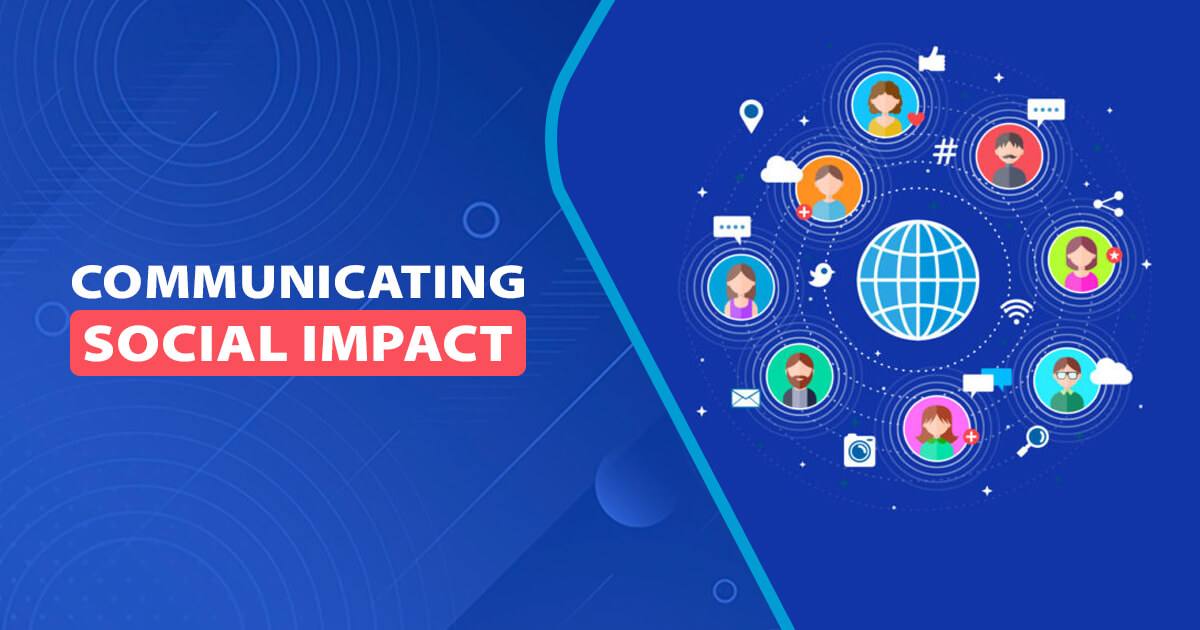

When it comes to sharing the good work of your Non-Profit, how do you communicate the positive changes you’ve effected to your constituents?
Do you send an email? Do you create a Facebook post? Do you make phone calls?
Sharing your Non-Profit’s impact with your donor base is essential — and as technology evolves, so to do the expectations of your donors.
It’s no longer enough simply to say, “Your donations made an impact!” Donors want to see the measurable difference their dollars make.
Thus, providing an easily understandable analysis to communicate how much impact your constituents’ donations made — called “impact reporting” — is a must-have for any Non-Profit.
Social impact reporting — why it matters
As a board member or proprietor of a Non-Profit, you’re perfectly aware that recurring gifts sustain charitable actives year to year.
But what motivates a person, or company, to continue giving in this manner?
Why should they give their money to your Non-Profit and not to some other?
Presumably, because they feel their hard-earned dollars are going to good, purposeful use.
The best way to demonstrate this is to your donors is through social impact reporting — a communication tool to show constituents what measurable difference their donations have made and in what areas. Line-of-sight to measurable impact is exactly what constituents need to motivate continued giving.
How to measure “impact” and what to include in an “impact report”
As to how social impact should be measured, theories abound.
Likely the best impact reporting framework, for Non-Profits, is called the Social Return on Investment (SROI). Originally developed by REDF (The Roberts Enterprise Development Fund), the framework is designed to measure social rather than monetary value.
Essentially, this model incites Non-Profits to identify and attribute numerical values to inputs and outputs, so that specific donation amounts (i.e., inputs) can be tied to specific units of social impact (i.e., outputs). These relations of inputs to outputs are charted on “impact maps” that provide useful visuals when demonstrating to donors how much impact their donations have actually made over a specific period of time.
Providing visuals in your impact report is important because these help communicate the results in a way that’s relevant to your audience.
The report should include enough information to assure constituents that your calculations are robust and accurate, but not be too long either. Remember you want to provide your constituents with readable information — not raw data. According to New Economics, an impact report would include all of the following:
- Information relating to your Non-Profit, including a discussion of its work, key stakeholders, and activities;
- A description of the scope of the analysis, details of stakeholder involvement, methods of data collection, and any assumptions and limitations underlying the analysis;
- The impact map with relevant indicators and any proxies;
- Case studies, or quotes from participants that illustrate particular findings;
- Details of the calculations, and a discussion of any estimates and assumptions.
- An audit trail for decision-making, including which stakeholders, outcomes, or indicators were included and which were not, and a rationale for each of these decisions;
- An executive summary aimed at a broad audience, including participants.”
The impact report might also include forecasts about how you plan to use the learnings, of the report, to guide your Non-Profit’s future strategies and operations. When it comes to securing recurring gifts, it’s important that you show donors you’re keeping one eye towards the future. Particularly as we move into the post-pandemic world, with all of its changes and uncertainties.
Your next steps…
Once you’ve created your report share it with your team, your board members, and most importantly — publish it. Spread the good news far and wide. Post your report on your website, social media, and send it in email communications to let donors and partners know that they’ve helped make a difference.
At the end of the day, impact reports are a way to see exactly how well your team is doing, what you can do better, and how to make a greater impact in the world.
